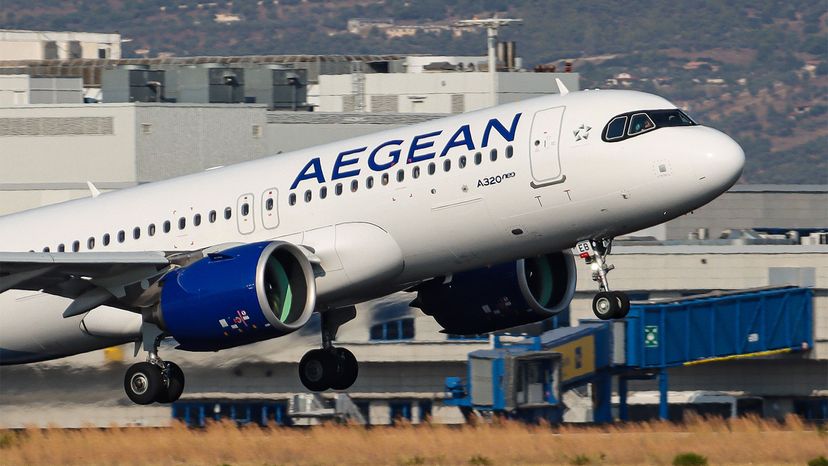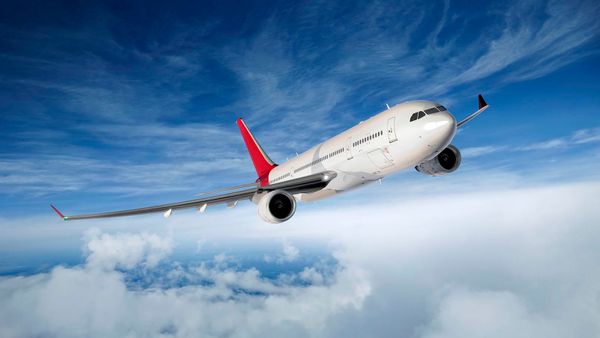Overall, the data showed that as the temperature increased,air densitydecreased, causing takeoff speeds to slow down. Over time, this has had a clear effect on air travel. For the Q400 turboprop aircraft at Chios airport, the researchers charted that the average takeoff distance is 328 feet (100 meters) longer now than it was in 1974. This can present real problems for terminals that use shorter runways.
Guy Gratton, associate professor of aviation and the environment at England's Cranfield University and one of the authors of the 2020 study, asserts that many air traffic controllers may not have been aware of this effect. "I don't think that most are noticing the trends of climate change because their job is to plan each day's flights based upon the latest observations and forecasts. You really need to observe changes over at least a decade, as we did with our paper, before the average impacts become noticeable and significant."
Aside from lengthening runways, air travel experts have to drop vehicle weights to fight the air density problem. This likely means reducing the number of passengers and the amount of cargo allowed on an aircraft. The 2020 study found that at Chios, the maximum allowable takeoff mass was reduced from about 165,350 pounds (75,000 kilograms) in 1974, to 152,000 pounds (69,000 kilograms) in 2017. That's an 8 percent drop in carrying capacity over time. In the case of heatwaves, we've already seen airlines have tocancel tickets or ground flights entirelyas a result of the hot air.
Although the study in Greece shows an obvious correlation between climate change and aircraft efficiency, we don't yet know how the effects will play out at every airport across the globe. A couple of runways in the study showed little change in their takeoffs over time. One even had a slight shortening in distance over the study period.
“条件不一致的变化world — as you can see even from within Greece in our paper, different locations are seeing different changes in temperature and wind, and also their runways are at different alignments and length, so the effects will not be uniform. Indeed, if you try hard enough, you'll find some places where climate change actually improves conditions. On average, of course, the effect is consistently of warming air, reducing wind strength, and thus increasing takeoff distances (or where runway lengths are limited, reducing payloads)."






